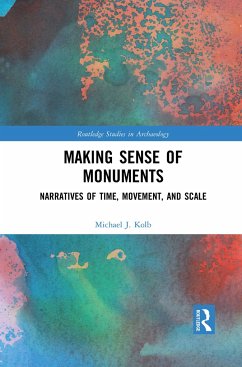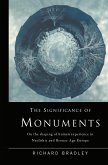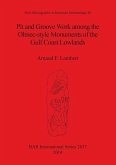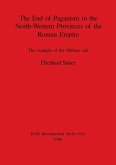Stonehenge, Machu Picchu, Confederate statues, Egyptian pyramids, and medieval cathedrals: these are some of the places that are the subject of Making Sense of Monuments, an analysis of how the built environment molds human experiences and perceptions via bodily comparison. Drawing from recent research in cognitive neuroscience, psychology, and semiotics, Michael J. Kolb explores the mechanics of the mind, the material world, and the spatialization process of monumental architecture. Three distinct spatial-cognitive metaphors-time, movement, and scale-comprise strands of knowledge that when interwoven create embodied contours of meaning of how human interact with monumental spaces. Comprehensive, lucidly written, and thoroughly illustrated, Making Sense of Monuments is a vibrant, extraordinary journey of the monuments we have constructed and inhabited.
Bitte wählen Sie Ihr Anliegen aus.
Rechnungen
Retourenschein anfordern
Bestellstatus
Storno









